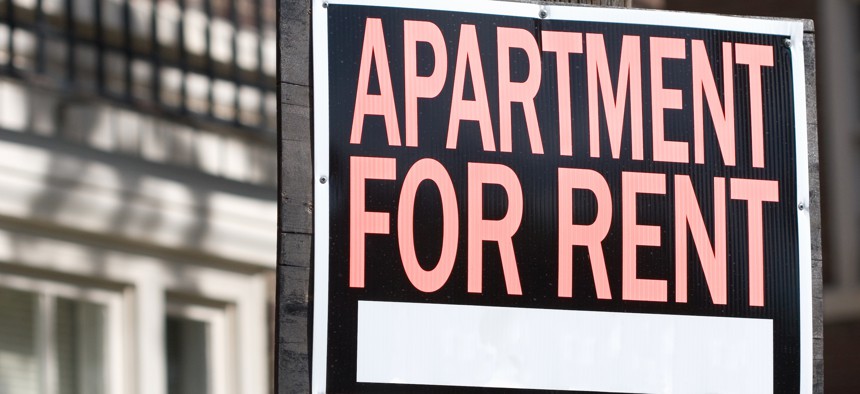Do Zoning Reforms Benefit Renters?

Blacqbook via Getty Images
A new study suggests updated land-use regulations are slow to help low-income households.
A common line of logic suggests that when zoning reforms allow for higher-density housing, they increase stock and affordability. But while zoning reforms in many cities have indeed increased housing stock, a new report finds they’re slow to help low income-renters who are most affected by the housing shortage.
An Urban Institute study that spanned nearly two decades and looked at data from more than 1,000 cities, found that loosening local zoning restrictions increases housing stock by 0.8% in the three to nine years following reform passage. But that increase is largely represented by units at the higher end of the rental spectrum.
There was a small increase in housing for low-income renters, but it’s not statistically significant like the increase in more expensive units, said Christina Stacy, principal research associate for the Urban Institute. The study found no statistically significant evidence that zoning reforms reduced rental prices.
That’s not to say updating land-use regulations aren’t beneficial to households across the income spectrum, the report notes. The supply change for less expensive units is positive but isn’t significant enough to be definitively a direct result of zoning reforms.
By building higher-cost units, higher-income households can leave older buildings which are then available to lower-income families in a process known as “filtering.”
“It just takes a little time,” Stacy said. “The fact that those results are positive for all rental levels is encouraging.”
The study also found that cities that tightened restrictions saw median rents go up in the years following implementation.
A potential unintended consequence of ”upzoning”—changing land-use regulations to allow for denser development—can also increase rents, the report notes. New neighborhood housing developments can attract new businesses or encourage the creation of parks in the area. These amenities can increase the value of surrounding properties and increase housing costs. In these cases, more immediate initiatives, like rental assistance programs, are all the more important.
“[The study] confirms what we observed from folks on the ground,” Stacy said. “That there really is no silver bullet, and we have to do everything—we have to attack this problem from every angle.”
The study looked at a range of policies, including allowing accessory dwelling units, increasing height limits and reducing minimum lot sizes. Researchers used machine learning to pull information about local reforms from newspapers printed between 2000 and 2019 and found 180 reforms passed across 1,136 cities.
While there are many studies that look at zoning reforms and homeownership, there are far fewer that can offer insight into how land-use regulations affect renters, Stacy said. But looking at rental households is critical in addressing the housing crisis equitably, as people of color and low-income households are more likely to be renters than homeowners.
Molly Bolan is the assistant editor for Route Fifty.
NEXT STORY: Biden Administration Moves to Lower Toxins Released by Coal Plants






